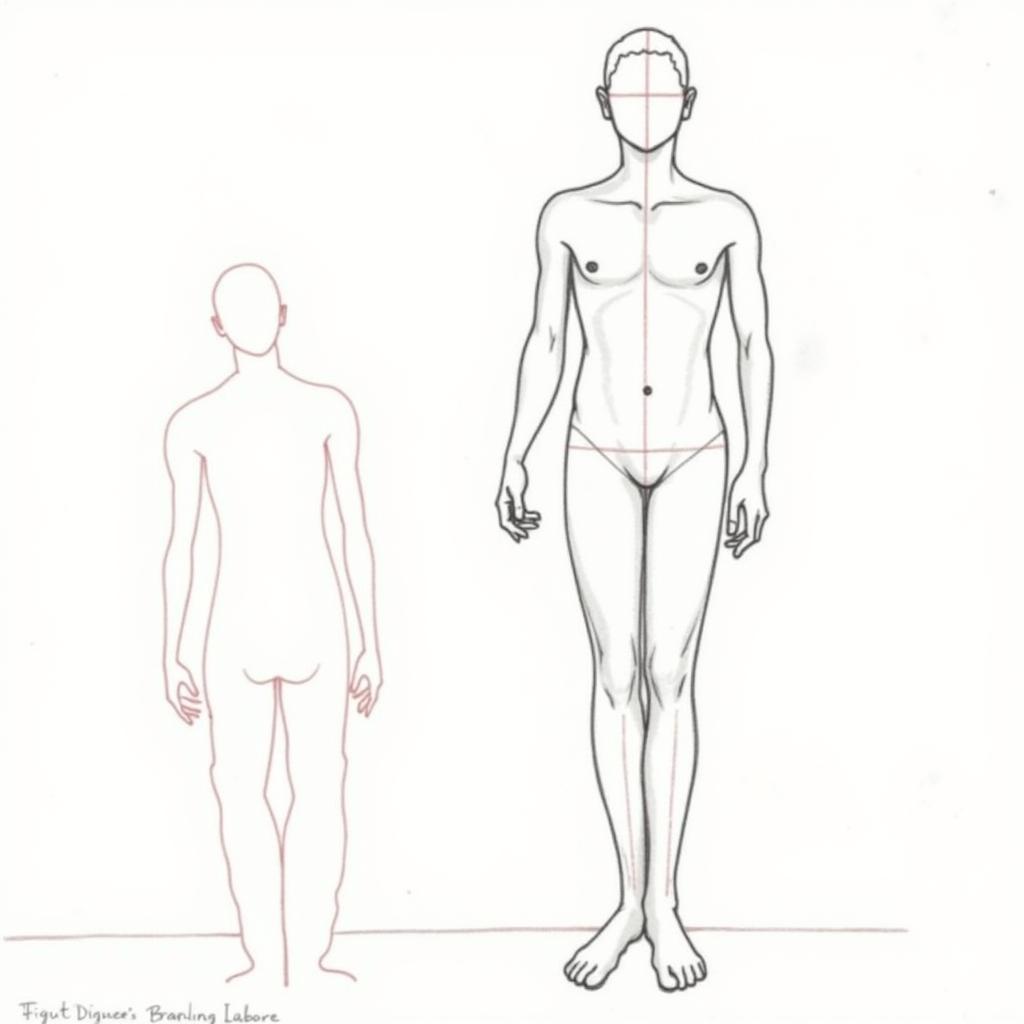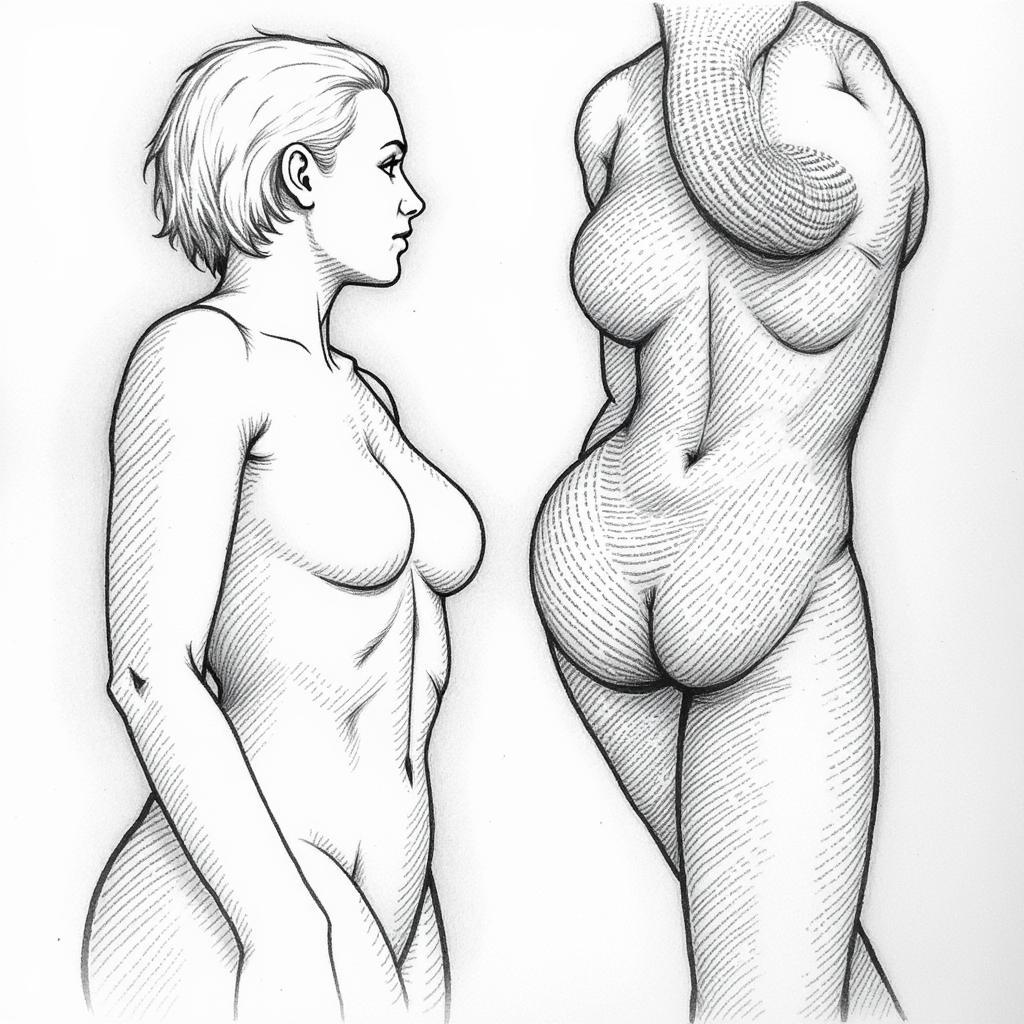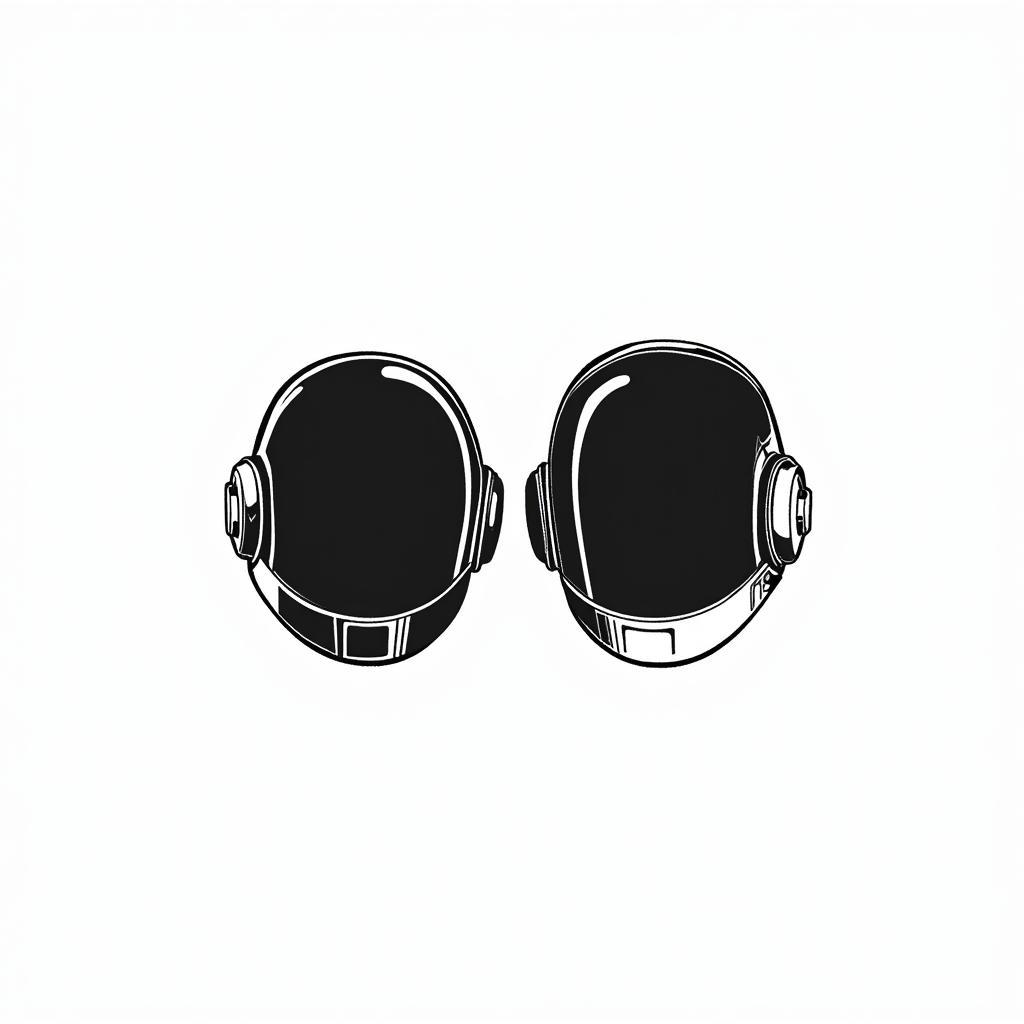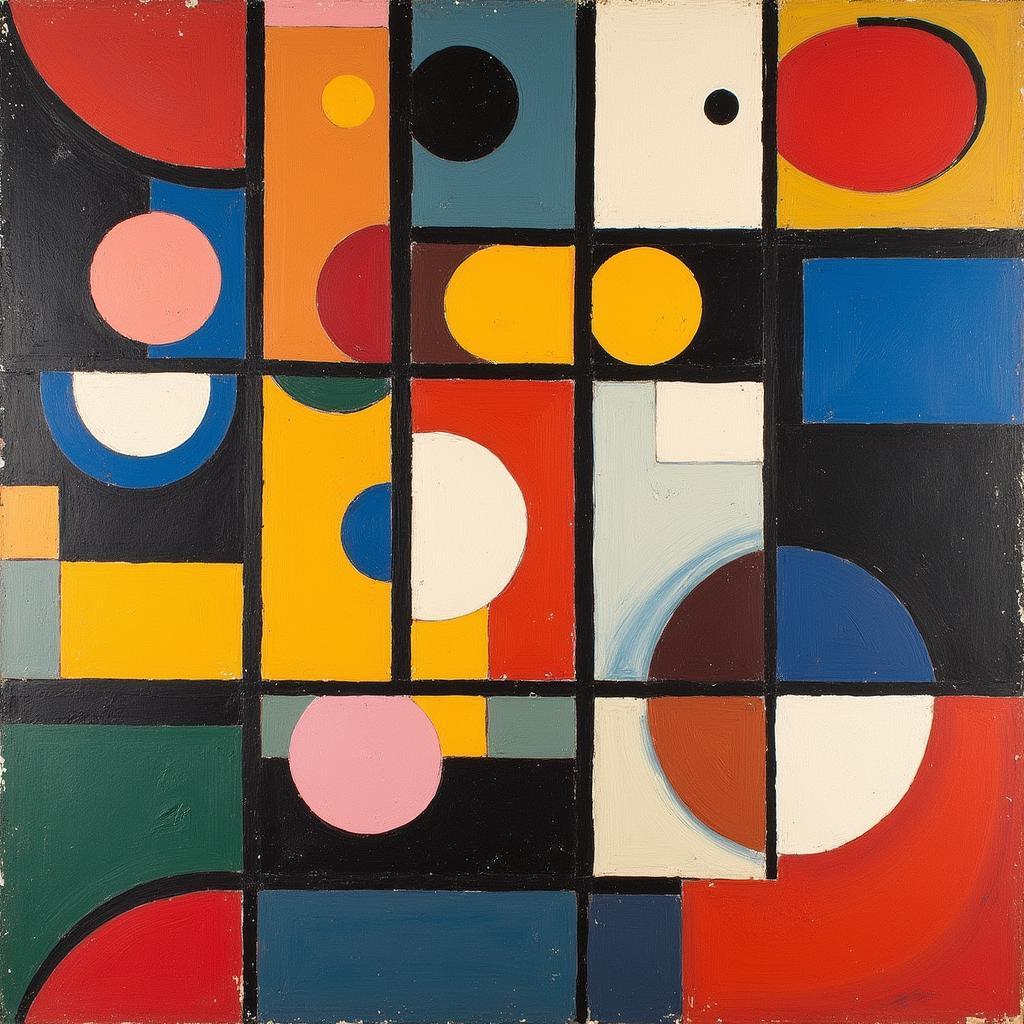Mastering the Art of Drawing Figures
The human form, with its intricate complexity and captivating beauty, has served as a source of artistic fascination for centuries. Art Drawing Figures, a cornerstone of visual art, is a skill that requires both technical proficiency and a keen eye for observation. Whether you’re a budding artist or a seasoned sketcher looking to refine your technique, this comprehensive guide will equip you with the essential knowledge and practical tips to confidently capture the essence of the human form on paper.
 Basic Human Figure Drawing
Basic Human Figure Drawing
Understanding the Fundamentals: Proportions and Anatomy
Before delving into intricate poses and dynamic movements, a solid understanding of human proportions and basic anatomy is crucial. Artists throughout history, from the masters of the Renaissance to contemporary illustrators, have relied on proportional guidelines to create realistic and aesthetically pleasing representations of the human body.
Proportions: Your Guide to Balance and Harmony
Proportions refer to the size relationships between different parts of the body. While individual variations exist, a general understanding of standard proportions provides a framework for achieving balance and harmony in your drawings. A common approach is to use the head as a unit of measurement. For instance, an average adult figure is approximately 7 to 8 heads tall.
Anatomy for Artists: Muscles and Bones in Motion
While a deep dive into medical anatomy isn’t necessary, a basic understanding of skeletal structure and major muscle groups is invaluable for artists. Knowing where bones connect and how muscles overlap empowers you to create realistic volume, form, and movement in your figure drawings.
Gesture Drawing: Capturing the Essence of Movement
Gesture drawing is a fundamental technique that involves capturing the essence of a pose in a quick, fluid manner. Rather than focusing on minute details, gesture drawings emphasize the overall flow, rhythm, and energy of the figure.
The Power of Line of Action
The “line of action” serves as the backbone of your gesture drawing, representing the primary direction of movement or force flowing through the figure. By establishing a strong line of action, you instantly infuse your drawing with a sense of dynamism and life.
Timing Your Gesture Drawings
Practice gesture drawings with short poses, starting with 30 seconds and gradually increasing the duration as you become more comfortable. This technique trains your eye to quickly identify and capture the most essential elements of a pose, enhancing your ability to create dynamic and expressive figures.
From Gesture to Structure: Building a Solid Foundation
Once you’ve mastered the art of gesture drawing, you can begin to refine your figures by adding structure and volume. This stage involves using basic shapes like spheres, cylinders, and cubes to construct the underlying form of the body.
Constructing with Simple Shapes
Break down the human figure into its simplest forms, using these shapes as building blocks to establish the overall volume and proportions. This approach helps you create a solid three-dimensional foundation for your drawing.
Refining Your Art: Adding Details and Shading
With a strong understanding of proportions, anatomy, and structure, you can now focus on refining your figure drawings by adding details, shading, and texture.
Techniques for Realistic Shading
Explore various shading techniques, such as hatching, cross-hatching, and stippling, to create depth, volume, and form in your drawings. By carefully observing light and shadow patterns, you can create the illusion of three-dimensionality on a two-dimensional surface.
 Detailed Figure Drawing Techniques
Detailed Figure Drawing Techniques
Conclusion
Mastering the art of drawing figures is an ongoing journey that requires dedication, practice, and a willingness to experiment. By embracing the fundamental principles outlined in this guide and developing your own unique artistic voice, you can unlock the boundless creative possibilities of figure drawing. Remember, every line you draw is a step toward refining your skills and capturing the captivating beauty of the human form.
Frequently Asked Questions
What are some common mistakes beginners make when drawing figures?
Beginners often struggle with proportions, anatomy, and capturing the essence of movement. By focusing on understanding these fundamentals and practicing regularly, you can overcome these challenges.
What are some helpful resources for learning how to draw figures?
Numerous books, online tutorials, and workshops are available to help you develop your figure drawing skills. Explore different resources and find what works best for your learning style.
How can I improve my observational skills for figure drawing?
Regularly observe people in different settings, paying attention to their posture, gestures, and how they move. Practice sketching from life as often as possible to enhance your observational skills.
How do I add emotion and expression to my figure drawings?
Understanding facial anatomy, body language, and how emotions manifest physically is crucial for conveying emotion in your drawings. Practice capturing different expressions and experiment with exaggerating features for stylistic effect.
Can I learn to draw figures even if I don’t consider myself “talented”?
Absolutely! While natural ability can play a role, drawing is a skill that can be learned and improved with practice, dedication, and a willingness to learn.
Need further assistance with your art journey? Don’t hesitate to contact us. Call us at 02462573573, email us at danteum@gmail.com, or visit us at Savico Megamall, 7-9 Đ. Nguyễn Văn Linh, Gia Thụy, Long Biên, Hà Nội 10000, Việt Nam. Our dedicated customer support team is available 24/7 to assist you.
Explore more artistic insights and inspiration:
- Discover the captivating world of Shoshone art.
- Dive into the realm of collectible figures with Batman Play Arts.
- Find your artistic muse in the vibrant colors of fruit and veg art.
- Explore the majestic beauty of orca whale art.
Let your creativity soar as you embark on your figure drawing adventure!




